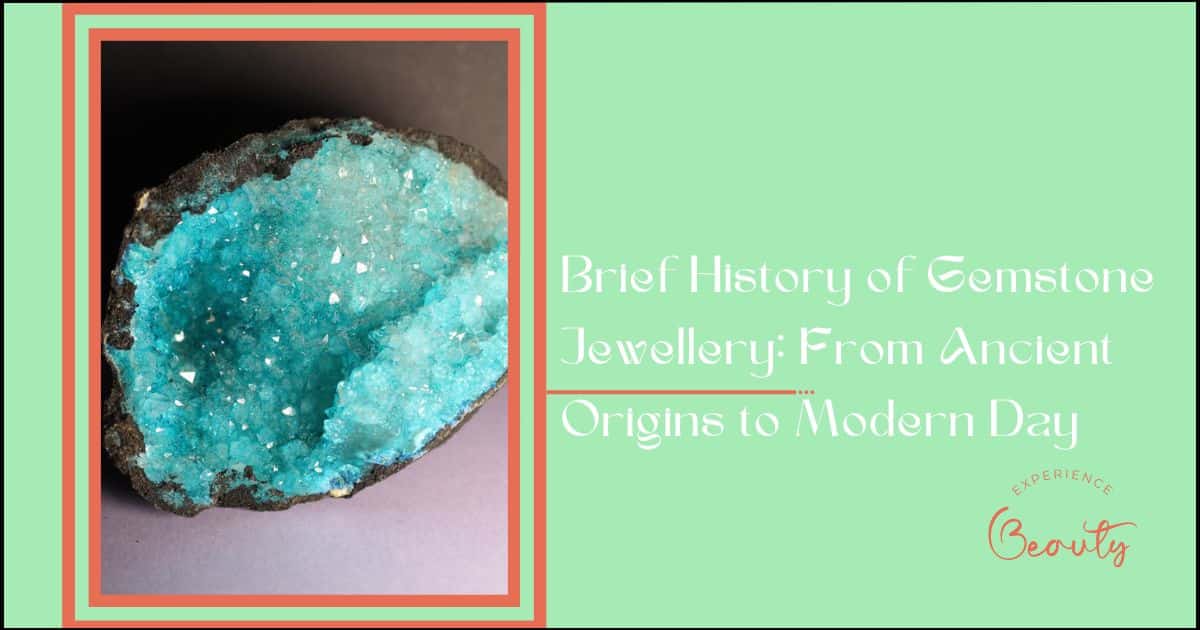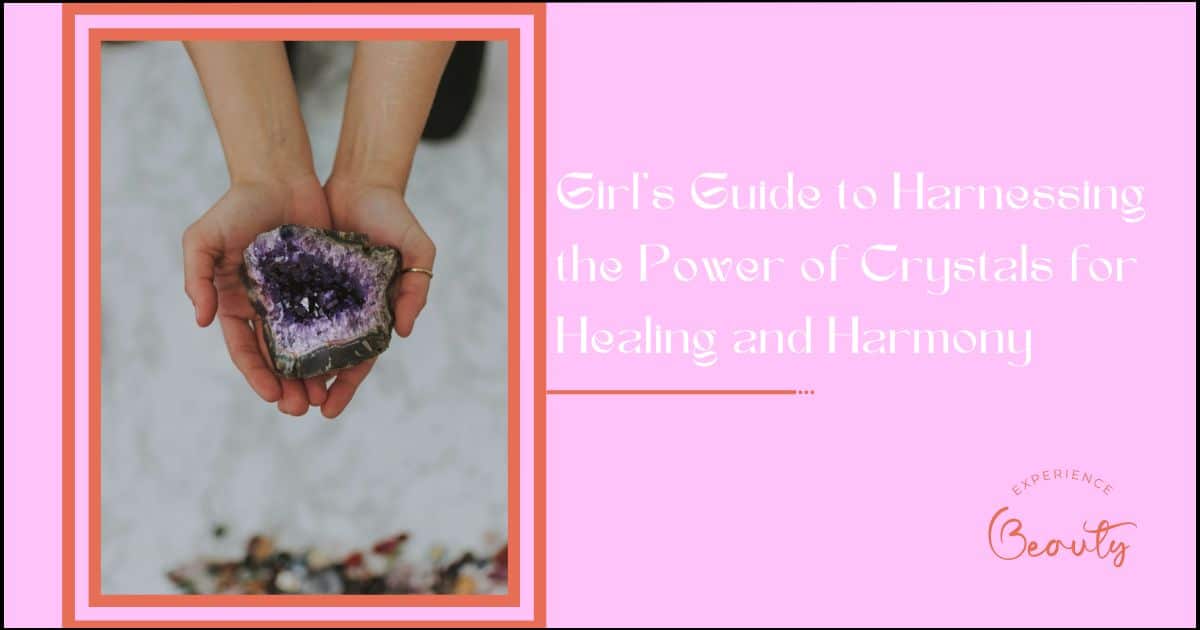Opals are a magnificent gemstone renowned for their sheer vibrance, the milky white stone housing hundreds of glittering rainbow prisms. A dance of silica bubble upon silica bubble compressing and hardening under pressure and through time until this iridescent jewel is produced beneath the earth.
Gems, whether you believe in this kind of stuff or not, are magickal. They are the result of a perfect storm of environmental pressures occurring at exactly the right time to produce something absolutely marvellous.
While wholesale jewellery in Australia is a huge industry, semi-precious stones like opal weren’t always just an aesthetic adornment. Gems have, throughout history, been symbols of wealth, status, and divinity.
Semi-Precious Stone Age
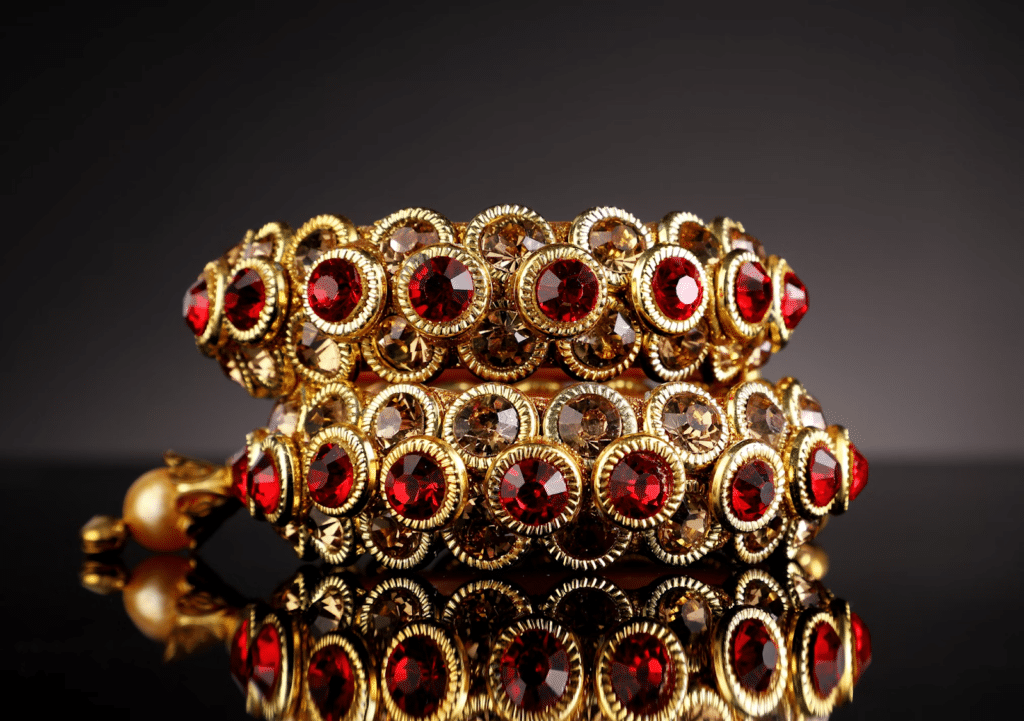
People like to feel special, and very little feels as special as belonging to a club. Some kind of elite society that you can claim membership to. In the earliest days of mankind, people seem to have been chasing this form of exclusivity through the wearing of jewellery.
Although modern sensibilities lead us to think of jewellery as shimmering gold chains outfitted with all manner of gleaming stones – the original jewellery worn by our neolithic ancestors consisted of little more than bone, wood, animal teeth, horns, shells, and humble pebbles. The first gemstone embellishments were formed from easily breakable pieces of amber that could be moulded through knapping – the process of chipping stone to shape it to a purpose. It was used extensively as buttons, necklaces and other objects of primitive finery, and likely used to distinguish people of particular importance, such as craftsmen or spiritual and social leaders.
Original Stone Age societies were small, but as populations increased the earliest trade relationships were formed in order to account for a certain society’s lack of specific resources. As these trade relationships grew, so too did the societies around them. Soon it wasn’t just resources being exchanged, it was knowledge. People developed and learned from each other developing more efficient mining and shaping techniques. During this time of social reformation and learning, jewellery became a method of differentiating oneself. It became a tool for showing your social class or distinguishing what tribe or clan you hailed from in these mixed societies.
Beauteous Bronze Age
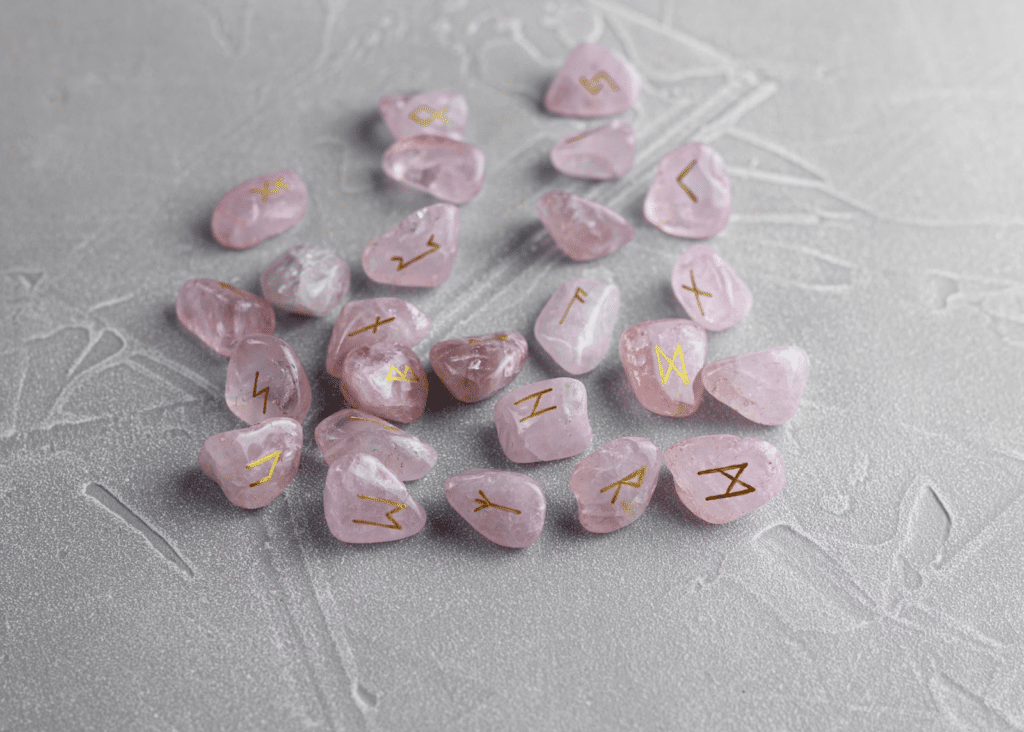
The first complex gem and metal jewellery comes from the Bronze Age. This period saw the proliferation of the earliest international trade routes, the development of agricultural industry-based cultures, complex social paradigms, and early capitalist societies.
As the name suggests, the bronze age was dominated by the world’s discovery and use of bronze, an alloy formed of a blend of approximately 90% copper to 10% tin. The result is a strong, but malleable metal that can be cast and shaped into a variety of forms.
Now people had something nice and shiny to work with, but bronze wasn’t easy to come by. Although the Eastern nations were rich in raw copper deposits, they had very little in the way of tin. Because of this, tin had to be sourced from the west, where Cornwall’s comparatively large tin deposits provided an excellent incentive for trade.
However, this also made bronze quite rare, and as a result, expensive. Bronze cost a lot to source, and it was an extremely skilled trade to work with it effectively. As bronze tools proliferated, they opened up new possibilities in gemstone mining. As you can imagine, this created an expanded inventory of gemstones to be used in jewellery, including rock-crystal (silicate quartz), carnelian, garnet, lapis lazuli, obsidian, and red, green, and yellow jasper varieties.
With a new, expensive metal for the body, and a variety of gorgeous new gemstones to embellish it, the bronze age signified the beginning of the use of jewellery to symbolise wealth, status, and social class. This period would also cement gems’ use in spiritual rituals, and pagan magick.
Influential Iron Age
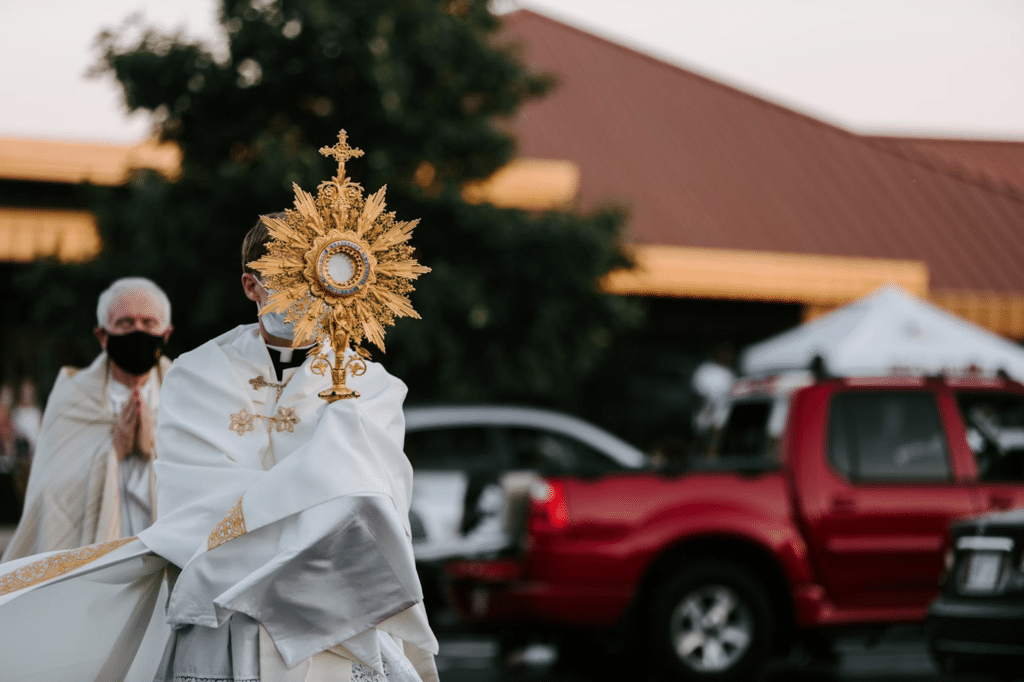
As time moved on the discovery of iron further developed mankind’s technology. More readily available, as well as stronger and more durable than bronze, the Iron Age set into motion a new world.
The stronger metal allowed for a variety of new tools and more durable infrastructure and trade equipment. This allowed jewellery to be produced with gold, a softer, more malleable metal – but also all the rarer and therefore more expensive. A true signifier of significance.
Archaeological digs of ancient European Celtic settlements have unearthed fully clothed corpses, showing that rings and necklaces made of gold, and bronze with a plethora of semiprecious stones were popular among the upper echelons of society.
In the Middle Ages, gemstones were used in royal finery, but also as Christianity swept the world and the aristocratic and spiritual spheres began to cross over more, Christian spiritual leaders adopted raiments of gold and gems, as well as creating jewellery in the form of crucifixes.
Not to mention, jewellery affixed with semiprecious stones was often used as family heirlooms and evidence of station.
Magnificent Modern Age
Jewellery has proven amazingly consistent through the test of time. From the dawn of the earliest civilisations to the present, jewellery has been a testament to wealth, class, status, and faith. Today, most cultures still have one form or another of common jewellery, such as wedding rings, and religious symbols. Many of these forms of jewellery are beautified by a wide gamut of gemstones.
While people are still using jewellery as a symbol of affluence, possibly more significant is the resurgence of spiritual gemstones. With the neopaganism movement of the last century attempting to revive the all-but-extinct pagan religions of the pre-Christian world, people are rediscovering the ancient magical and spiritual properties believed to be attributed to many different kinds of gems and crystals.
Still, major religions persist. Their symbols are forever cast in bronze, shaped in silver or gold, and adorned with the most beautiful of earth’s treasures. Gemstones and crystals have always held a special place in the heart of humanity. Where exclusivity and wealth meet spirituality and faith, the humble gemstone is – much like the geodes and stones from which they come – a symbol of the nature of the unassuming. It is easy to take semi-precious stones for granted in a world where they are continuously mined, cut, fixed into jewellery, and sold, but when you scratch the surface of their daily appearance, you find a history rooted in the development of modern society.
Such solid, cultural symbolism is likely to be a part of our species’ life for thousands more years. Whether a necklace, earring, pendant, or ring, our society’s associations and semiotic relationship with gems and crystals stems from an enchantment with their rarity, beauty, and incredible diversity.

